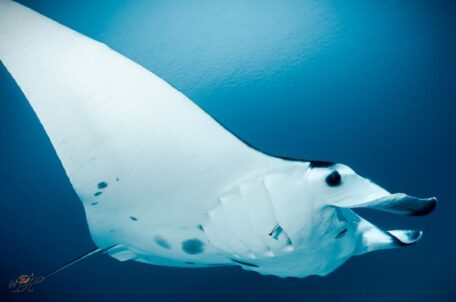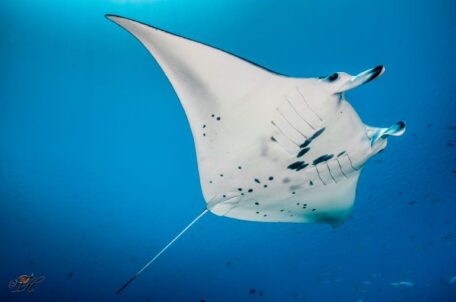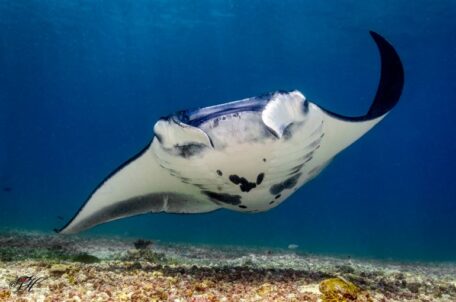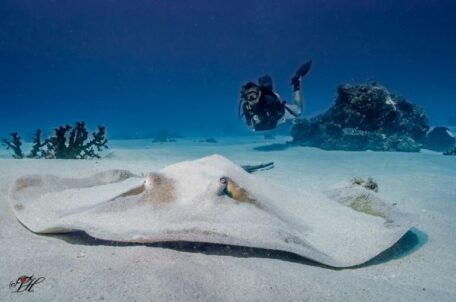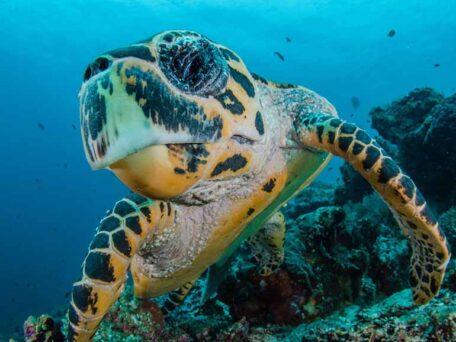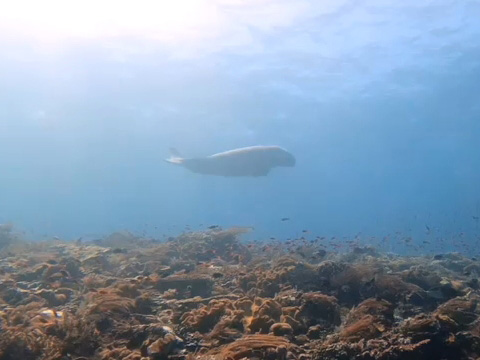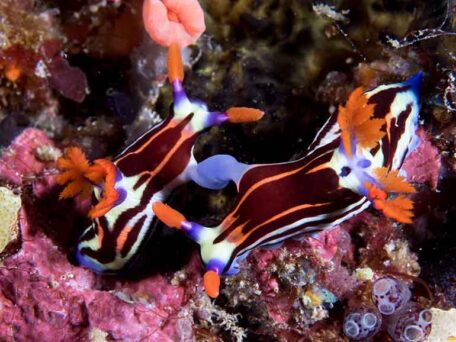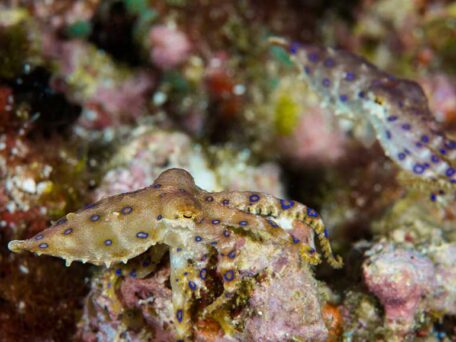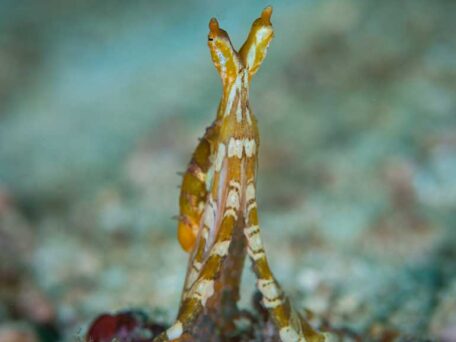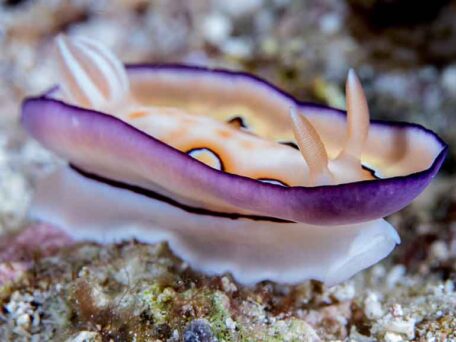These beautiful and majestic rays are one of the many reasons the diving in Komodo is so special. If you’ve never seen a manta ray before you’ll never forget your first dive with one. Even if you’ve seen hundreds of them before, you can never get bored of the gorgeous and playful creatures. We love that we get to dive with these gorgeous rays all year round. The sites we see them at most frequently are Mawan and Karang Makassar which are in the centre of the park. Both of these dive sites are perfect for all levels of diver and snorkeler!
In 2017 our beloved Manta Rays were actually reclassified as Mobulid Rays, meaning the two species are officially called Mobulid Alfredi and Mobulid Birostris. Here in the Komodo National Park we predominantly see the Mobulid (Manta...they’ll always be mantas) Alfredi. These grow up to 5m in wing span, are filter feeders and tend to have home ranges - this means we have some regulars in the park! Scuba Junkie Komodo even has their own adopted manta called ‘Gizmo’!

